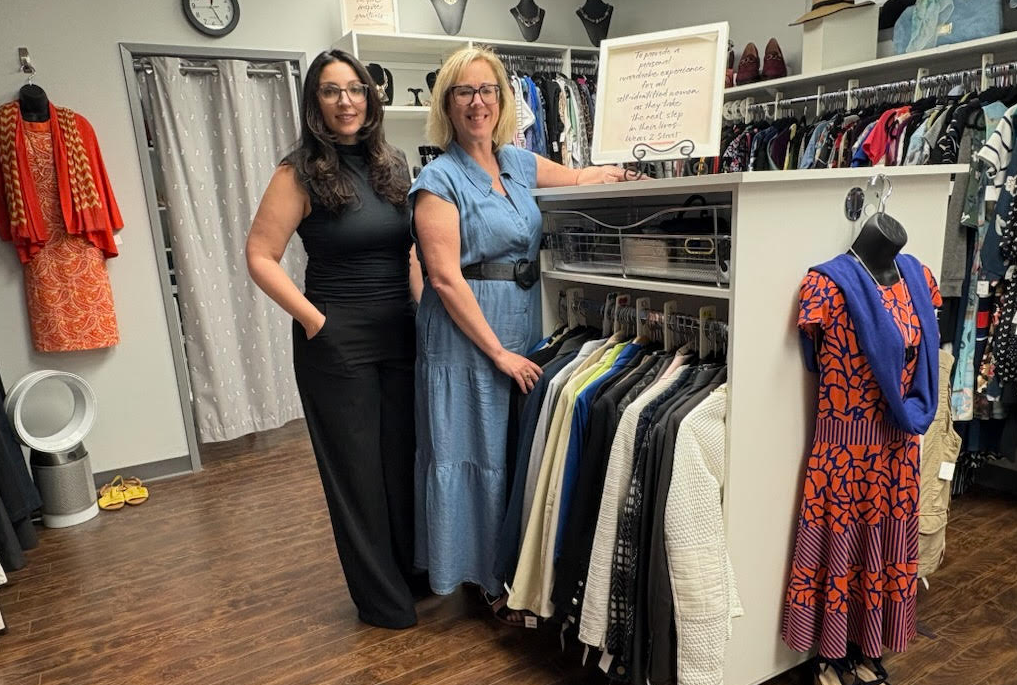‘We’ve made zero progress’: Critic says overdose report overly conservative for scale of crisis
Select Standing Committee on Health made 37 recommendations to address toxic drug and overdose crisis, but didn’t include non-medicalized safer supply, which advocates say is vital
Roughly 150 people marched in Victoria on Aug. 31, to mark International Overdose Awareness Day. Photo: Brishti Basu / Capital Daily
Critics say a health committee report on the toxic drug and overdose crisis does nothing but affirm an approach that isn’t working.
Tabled Tuesday, the Select Standing Committee’s report to the Legislative Assembly makes 37 recommendations on “expanding the response” to the crisis, from anti-stigma campaigns to ramping up harm-reduction services and treatment options.
But to Corey Ranger, president of the Harm Reduction Nurses Association, the report lacks recommendations for urgent, non-medicalized safe supply options.
Stay connected to your city with the Capital Daily newsletter.
By filling out the form above, you agree to receive emails from Capital Daily. You can unsubscribe at any time.
“It validates the government’s current approach, which, given that we’ve made zero progress in responding to the unregulated drug supply that’s more volatile than ever before, is inadequate,” Ranger said.
The toxic drug crisis has caused more than 10,000 deaths since a public health emergency was declared in April 2016.
The pace of deaths has increased over that time, too.
Between January and June of 2022, at least 1,095 people died of overdoses in BC—the highest number ever recorded in the first six months of a calendar year. Those deaths come on the heels of a record loss of life in 2021, which saw 2,267 overdose deaths.
In a public statement accompanying the report’s release, Sheila Malcolmson, minister of mental health and addictions, said the recommendations “reaffirm the tools our government is using to tackle the public health emergency” in BC.
“The committee’s report and recommendations reinforce our government’s continued action to expand and build new supports and services throughout the province,” she said. “There is more to do to tackle this public-health emergency. We will not stop working until we turn this crisis around and people in our province can get the help they need.”
The committee began its investigation in April, receiving verbal and written submissions from nearly 1,000 people and organizations between June and September.
Ranger presented to the committee among other harm reduction advocates, drug users, and subject matter experts, and wasn’t alone in outlining the limitations of prescribed safer supply models and the hoops they force drug users to jump through, such as finding a prescriber, getting a substance use diagnosis, and having to take the drugs under supervision. The committee also heard that pharmaceutical alternatives are often not strong enough to prevent withdrawal symptoms.
But the committee recommends urgent collaboration with BC’s health-care system and engagement with the federal government on any sort of alternative models.
Ranger said that barely scratches the surface of what’s really needed.
“There needs to be a continuum of options available to people, and this continuum of options includes non-medicalized safe supply,” he said. “It’s irresponsible of the committee to ignore those recommendations, to ignore those insights. They clearly took the safe route—the conservative route—when it came to issuing their recommendations.”
“I specifically said to the committee that they have a duty and responsibility to act transparently and to honour the requests of people who use drugs and people with lived and living experience of criminalized drug use,” Ranger added. “They invited them to this table and asked them for their feedback, and it turns out, they didn’t listen.”
It’s a familiar pattern, Ranger said.
“There’s already such little trust for [the] government because of the ways that they tokenize and ignore the expertise of people who are living these lives.”
Committee chair and Vancouver-Hastings MLA Niki Sharma said the report’s recommendations included reducing barriers to prescribed safer supply and working with the federal government to consider alternative models.
“With safer supply, the federal government has the power and control over the Controlled Substances Act,” Sharma said. “When it comes to a non-prescriber model, we would require federal exemption.”
Sharma said lived experience was folded into the report and its suggestions.
“We heard that safer supply needs to be provided in all pharmaceutical alternatives,” she said, pointing to the committee’s 12th recommendation to review clinical guidelines to allow for options like inhalation.
“I know a lot of people are out there, especially people on the frontlines, seeing the toll of this every day,” she added. “We heard the burn out, we heard the frustration.”
“I think we put, in a lot of our recommendations, a sense of urgency. When it comes to reducing barriers when it comes to providing these life saving treatments across the province, it needs to be done urgently.”
BC Emergency Health Services reported 35,525 overdose calls in 2021.
Ranger said harm reduction nurses across BC can do nothing but watch the worsening of a volatile, unregulated drug supply, with more combinations of benzodiazepines and non-opioid sedatives causing brain injuries and death on a daily basis.
“Truthfully what [the government] told people who use drugs in BC is, ‘Some of you are deserving of regulated supply and the right to choose, and the rest of you are not, and you will have to take your chances with something that has a high likelihood of killing you.’”
Stay connected to your city with the Capital Daily newsletter.
By filling out the form above, you agree to receive emails from Capital Daily. You can unsubscribe at any time.

















